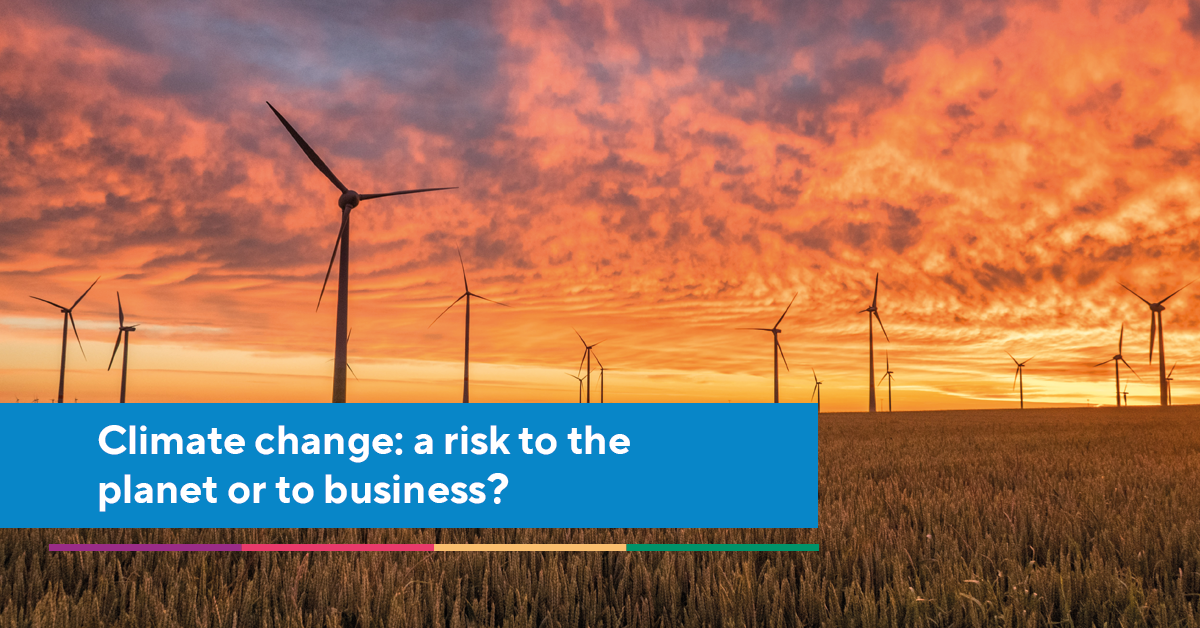In our webinar 6 steps to set, achieve, and exceed your supply chain emissions target, I asked the panel what the low hanging fruit or easy wins were on the journey to measuring and reducing supply chain emissions or Scope 3.
The overall consensus? Start the conversation.
More specifically, start the conversation with your suppliers.
Even if you choose a short term route of simply offsetting your carbon footprint instead of proactively trying to reduce it, you still require accurate and complete emissions data from within your supply chain. Ultimately, engaging your suppliers around emissions data is not just inevitable, it is inescapable.
Strengthen your relationships with suppliers
The complexity of even targeting segments of your suppliers – let alone your entire supply base - to cooperate on one single initiative can come with its challenges, but it can also open doors to collaboration (and thus, innovation).
You probably do not have sufficient levels of supply chain transparency or access to much data, or have any idea of your current emissions benchmark and how reduce it. This is why engaging your suppliers to strengthen your relationships has become so crucial; the collaboration between you and your suppliers is what will help you achieve your emissions target.
- Gain an advantage with more responsive suppliers
- See increased proactive suggestions for continuous improvements
- Become customer of choice to suppliers
- Increase and further leverage carbon literacy from within your supply base
- See more and more of your suppliers inspired to ‘go the extra mile’ to help you achieve your emissions goal
No Scope 3 supply chain emissions target can be met if a business’ suppliers are left in the dark.
Do not set ambiguous or overly ambitious targets - this will slow progress
For many parts of the world, it is soon becoming a legal requirement to set targets around emissions and environmental footprints. But setting targets haphazardly without consulting science (SBTi) or your suppliers is futile. Your targets need to reflect your suppliers’ capabilities; there is no point setting an overly ambitious targets if you have suppliers who are only just starting their carbon literacy journeys. They need to be specific, measurable, achievable, realistic and time-bound.
Include your suppliers in the journey right from the start. You might begin by wanting to ask your suppliers one simple but powerful question: “Can you measure your carbon footprint?”
However, this question is quite loaded, and could mean you get a select few suppliers providing extremely comprehensive data straight away, whilst many others are left scratching their heads or reluctant to admit they cannot provide the data you need. Therefore, before asking this question to suppliers (and risking drastically low response rates and incomplete data), you need to understand what gaps suppliers have in their knowledge.
- Do your suppliers have a policy in place around emissions?
- Do they have any performance measures within their organisation?
- Are doing any carbon literacy training?
- What level of data would they be able to provide?
You can then segment your supply base based on their knowledge, majority, and capabilities when it comes to Scope 3. Understanding your suppliers to this extent means you can create a much better informed target which can be followed up with intentional action and therefore much more likely to be achieved.
Understand the data
The same way you cannot engage suppliers in an initiative until you have established their level of knowledge and capacity, you cannot start thinking about making emissions reductions and operational improvements until you have measured and understood what your current impact is.
Collecting accurate and complete data from your suppliers will enable you to start identifying where the biggest chunk of emissions comes from (and thus the biggest opportunities for reduction). This is what will inform your strategy, priorities, and approach going forward as you will be able to better determine how you can reach your goal.
Favour influence over control
Initiatives which involve the entire supply base seem like a daunting prospect – something you are eager to leave at the bottom of your to-do list for the year. This is because supply chain emissions are something you can only influence, not control entirely.
But it is important to remember that that level of influence you have with suppliers can go a long way – you have the power to effect positive change across your whole supply chain.
- Have you shared your vision, do your suppliers understand it, and are aligned to that goal?
- What do you expect of your suppliers?
- Can you easily visualise the data on how individual suppliers are performing against those expectations?
- How do you help them get better? Could you supply an online portal where you could share knowledge, host webinars, and target your email campaigns based on where suppliers are in their journey?
Don’t have an answer for all these questions? Have a look at how we can simplify your journey to measuring and reducing Scope 3 supply chain emissions here.




